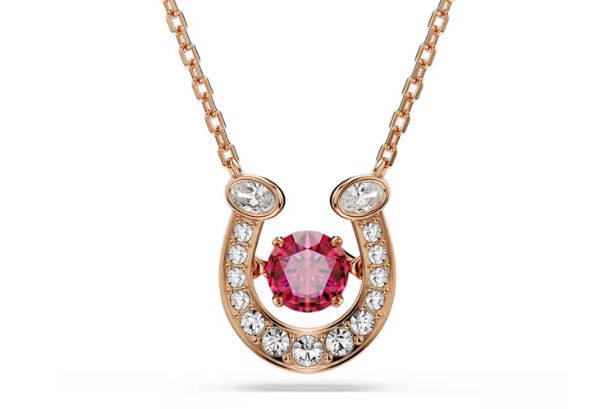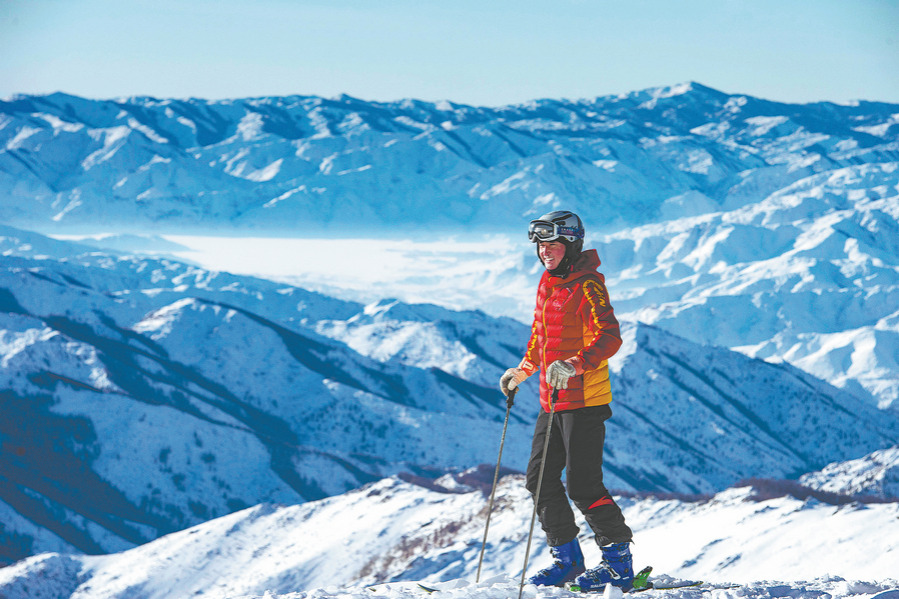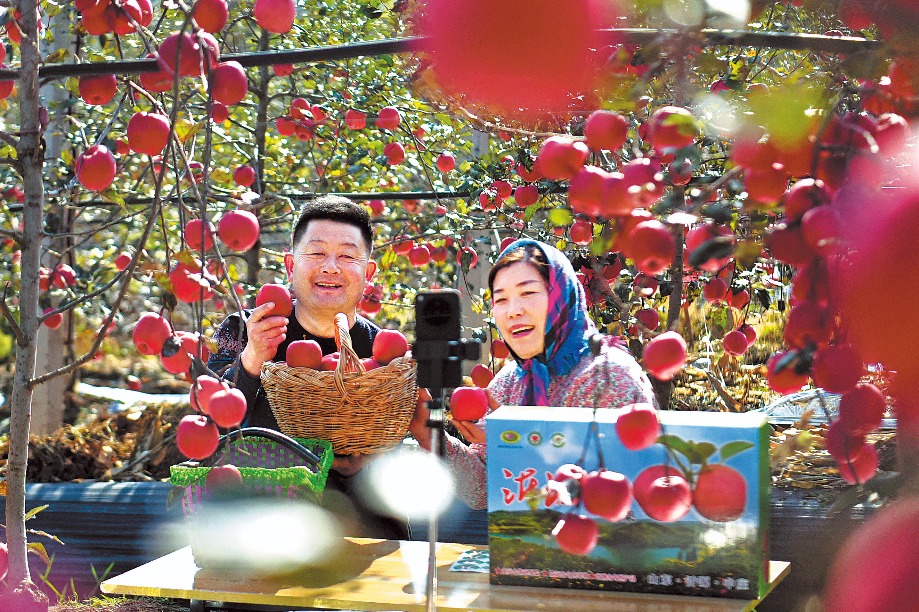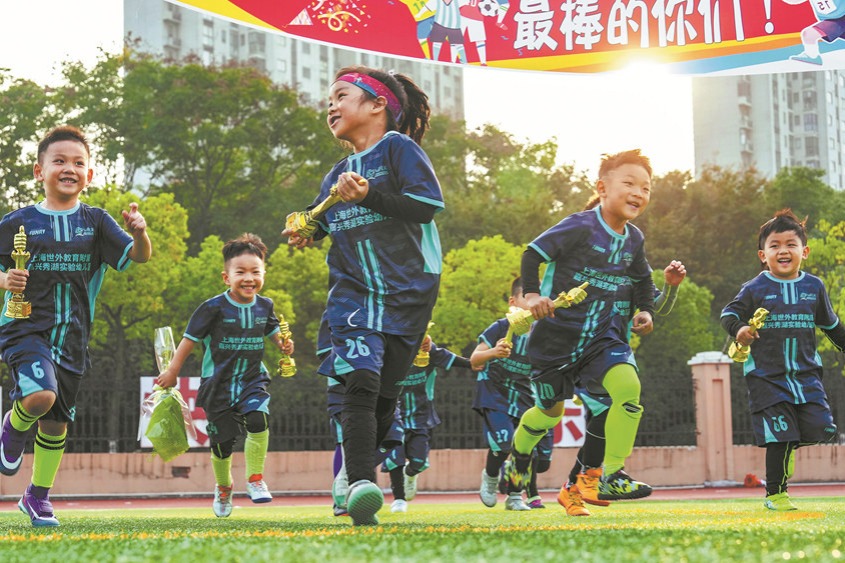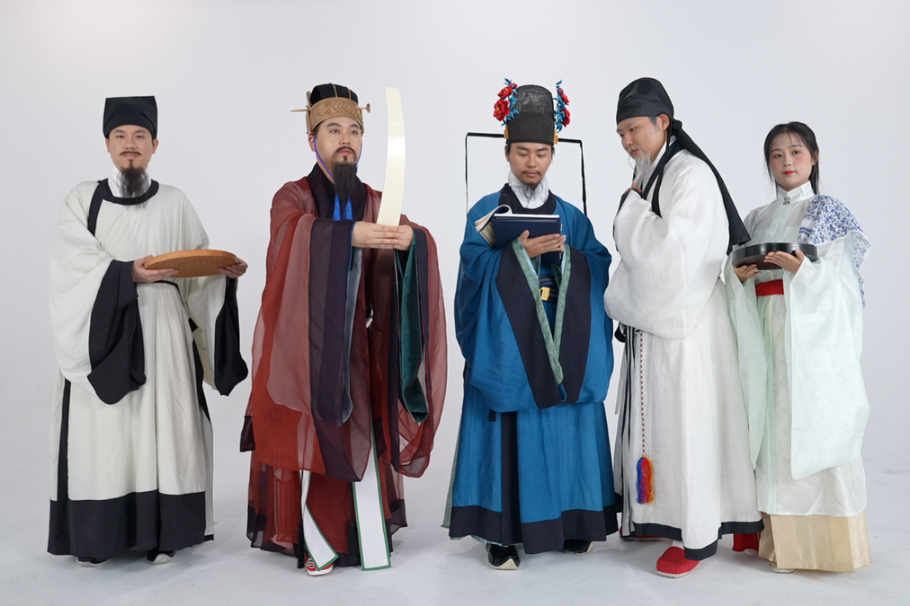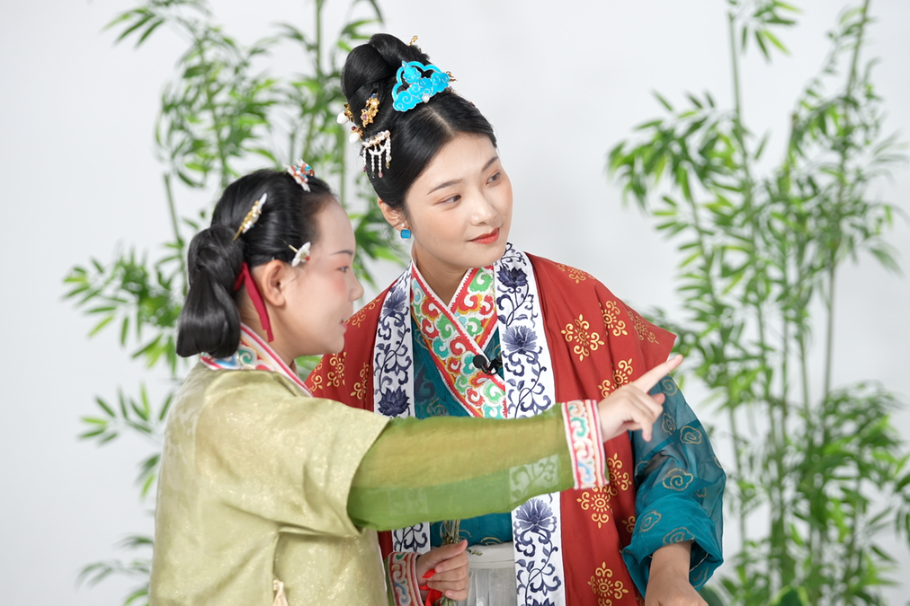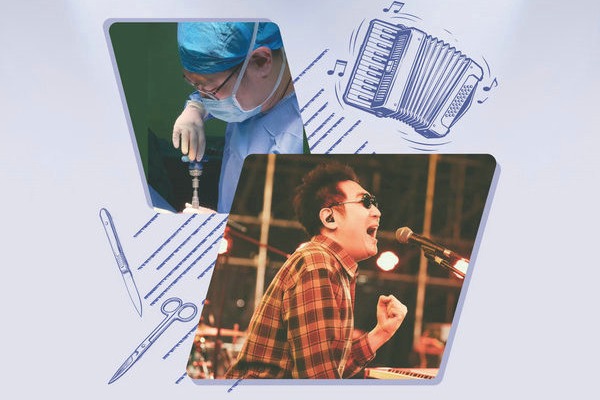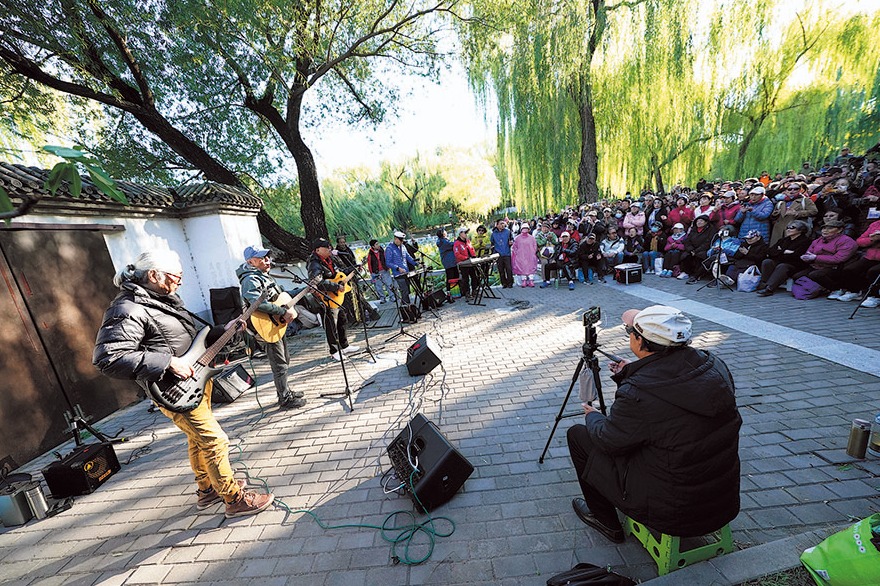Wuhan's battle against the virus through the lens of a photographer

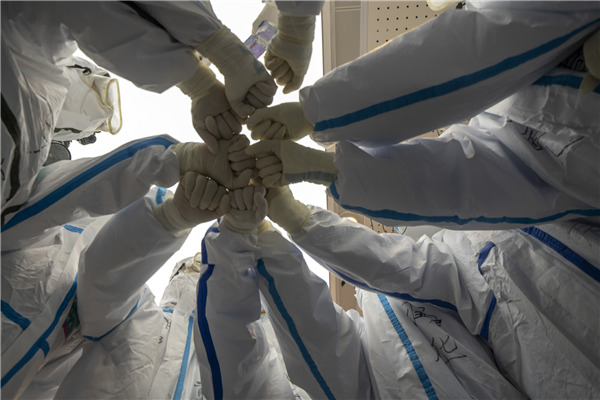
It was Jan 26, the third day of the Spring Festival holiday, and I was sat at my parents' home in Kunming in Southwest China when I texted my boss, "I want to cancel my holiday and go to Wuhan."
The moment I pressed send, I recalled another moment way back in 1998. I had volunteered to cover the bombing of Iraq. With the benefit of age, I'm less restless. But, the passion for my work as a journalist remains strong.
On March 1, along with two colleagues, I boarded a train to Wuhan, the hardest-hit Chinese city in the COVID-19 outbreak. We were the only passengers heading to the city, which had declared unprecedented access restrictions on Jan 23. When we got off, I could see the bewilderment in the eyes of my fellow passengers.
So, my days in Wuhan began.
BE BOLD, BE CAUTIOUS
Everyone I met in Wuhan underscored the very first piece of advice I was given by my colleagues -- "Protect yourself and stay safe."
We were quickly kitted out with protective suits and goggles, and we listened to people's advice with keen ears.
Cai Yang, a photographer who had arrived in Wuhan on Jan 28, suggested undressing outside the hotel room. So, every time I came back from a hospital or a quarantined area, I would step into my room half-naked, leaving my clothes in the corridor.
The first thing I did every time I returned to my room was to disinfect my hands and face with alcohol. It might seem a little dramatic, but you can never be too careful, can you? This frequent cleansing did have its downside, though: One day, I awoke to a stye in my right eye. It made my eye water when I tried to focus through my camera viewfinder. What was more frustrating was that I couldn't rub it!
One morning I woke up and I couldn't see through my eye. As a photographer, this was a sobering moment, I couldn't help but jump to the conclusion that this could spell the end of my career. I rushed to the bathroom and looked in the mirror -- my eye was so bloodshot, and blood was running down my face. The stye had burst. I washed my eye with running water, and the pain began to subside. The next day, I was able to work again.
Be bold but cautious, said Xiao Yijiu, a photographer with Xinhua's Hubei Bureau.
"Of all of the medics dispatched here, none has been infected because they protect themselves well.
"But it's important to stay cautious," he said, adding that he regularly disinfected his hands and cameras.
Of course, I agreed with him wholeheartedly, except that I encountered two problems.
The first was my height. I'm a towering 1.9-meters tall, meaning few protective suits could cover my whole body. Trapped in a suit that didn't fit, I had to be extra mindful when I bent or crouched, or as I ran for shots. I was often short of breath, and I sweated a lot.
At one rehabilitation center for recovered patients, after working six hours, I felt like I was choking. "That's how drowning feels," I thought.
At a medical waste center, I was so hot that my trousers were dripping in sweat, my pants were sodden.
I'm in awe of the doctors and nurses who had to work dressed like this every day.
The other problem came from my best friends -- my cameras. Every day when I sprayed alcohol on them after work, I prayed, "Hang in there, buddies! Don't fail me now."

















